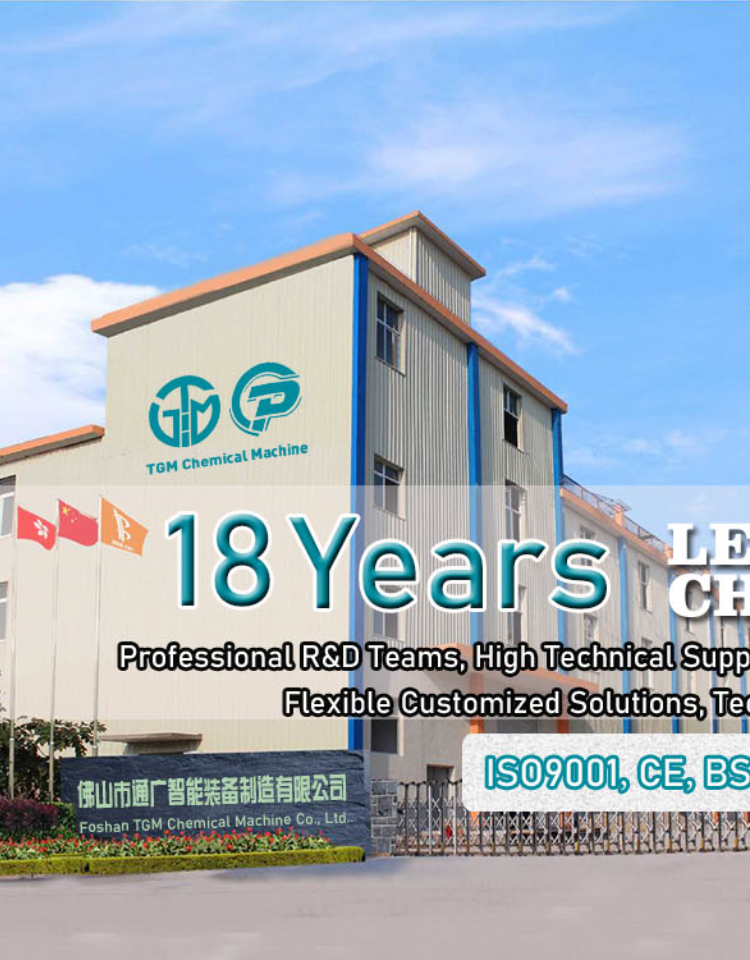Email cannot be empty
Password cannot be empty
Email format error
Email cannot be empty
Email already exists
6-20 characters(letters plus numbers only)
The password is inconsistent
Email format error
Email cannot be empty
Email does not exist
6-20 characters(letters plus numbers only)
The password is inconsistent

The Art and Science of Label Glue Production
The Art and Science of Label Glue Production
Labels play a crucial role in product packaging, branding, and information dissemination. Behind every well-adhered label is a high-quality adhesive that ensures durability, clarity, and resistance to environmental factors. In this blog, we’ll explore the fascinating world of label glue production, including types of adhesives, manufacturing processes, and key considerations for choosing the right glue for different applications.
Types of Label Adhesives
Label glues are formulated based on the surface they adhere to and the environmental conditions they must withstand. The main types include:
1. Water-Based Adhesives
-
Made from natural or synthetic polymers dissolved in water.
-
Eco-friendly, non-toxic, and easy to clean.
-
Ideal for paper labels on glass, cardboard, and some plastics.
-
Dries through water evaporation.
2. Hot Melt Adhesives (HMA)
-
Thermoplastic adhesives applied in molten form (hot glue).
-
Fast-setting, strong initial tack, and good flexibility.
-
Commonly used for packaging labels, bottles, and disposable products.
-
Made from synthetic rubbers, resins, and waxes.
3. Solvent-Based Adhesives
-
Use organic solvents (like toluene or acetone) as carriers.
-
High bond strength and resistance to moisture and heat.
-
Used for synthetic labels on challenging surfaces like polyethylene and polypropylene.
-
Requires proper ventilation due to VOC emissions.
4. Pressure-Sensitive Adhesives (PSA)
-
Sticky at room temperature and bonds upon light pressure.
-
Used for peel-and-stick labels (e.g., food packaging, shipping labels).
-
Made from acrylics, rubber, or silicone-based compounds.
-
Requires a release liner for storage.
The Label Glue Production Process
Producing label glue involves precise formulation, mixing, and quality control. Here’s a general overview:
1. Raw Material Selection
-
Polymers (acrylic, rubber, silicone) provide adhesion.
-
Tackifiers (rosin, hydrocarbon resins) enhance stickiness.
-
Plasticizers improve flexibility.
-
Fillers & Additives (e.g., UV stabilizers, antioxidants) enhance performance.
2. Mixing & Formulation
-
Ingredients are blended in industrial mixers under controlled temperatures.
-
Solvent-based glues require dissolving polymers in solvents.
-
Water-based adhesives are emulsified in water.
-
Hot melt adhesives are melted and homogenized.
3. Quality Testing
-
Viscosity – Ensures proper application.
-
Tack & Peel Strength – Measures stickiness and durability.
-
Temperature & Moisture Resistance – Checks performance under different conditions.
4. Packaging & Storage
-
Adhesives are packed in drums, pails, or cartridges.
-
Solvent-based glues require flame-proof storage.
-
Hot melt adhesives are cooled and solidified before packaging.
Choosing the Right Label Glue
Selecting the best adhesive depends on:
-
Surface Material (paper, plastic, glass, metal).
-
Environmental Conditions (humidity, temperature, UV exposure).
-
Application Method (roll-on, spray, hot melt).
-
Regulatory Compliance (FDA-approved for food contact, eco-friendly certifications).
Future Trends in Label Adhesive Production
-
Sustainable Adhesives – Bio-based and recyclable options.
-
Smart Labels – Adhesives compatible with NFC/RFID tags.
-
Low-VOC Formulations – Reducing environmental impact.
Conclusion
Label glue production is a blend of chemistry, engineering, and innovation. Whether it’s a simple paper label or a high-performance industrial tag, the right adhesive ensures longevity and functionality. As sustainability and smart packaging evolve, adhesive manufacturers continue to develop advanced solutions to meet industry demands.

